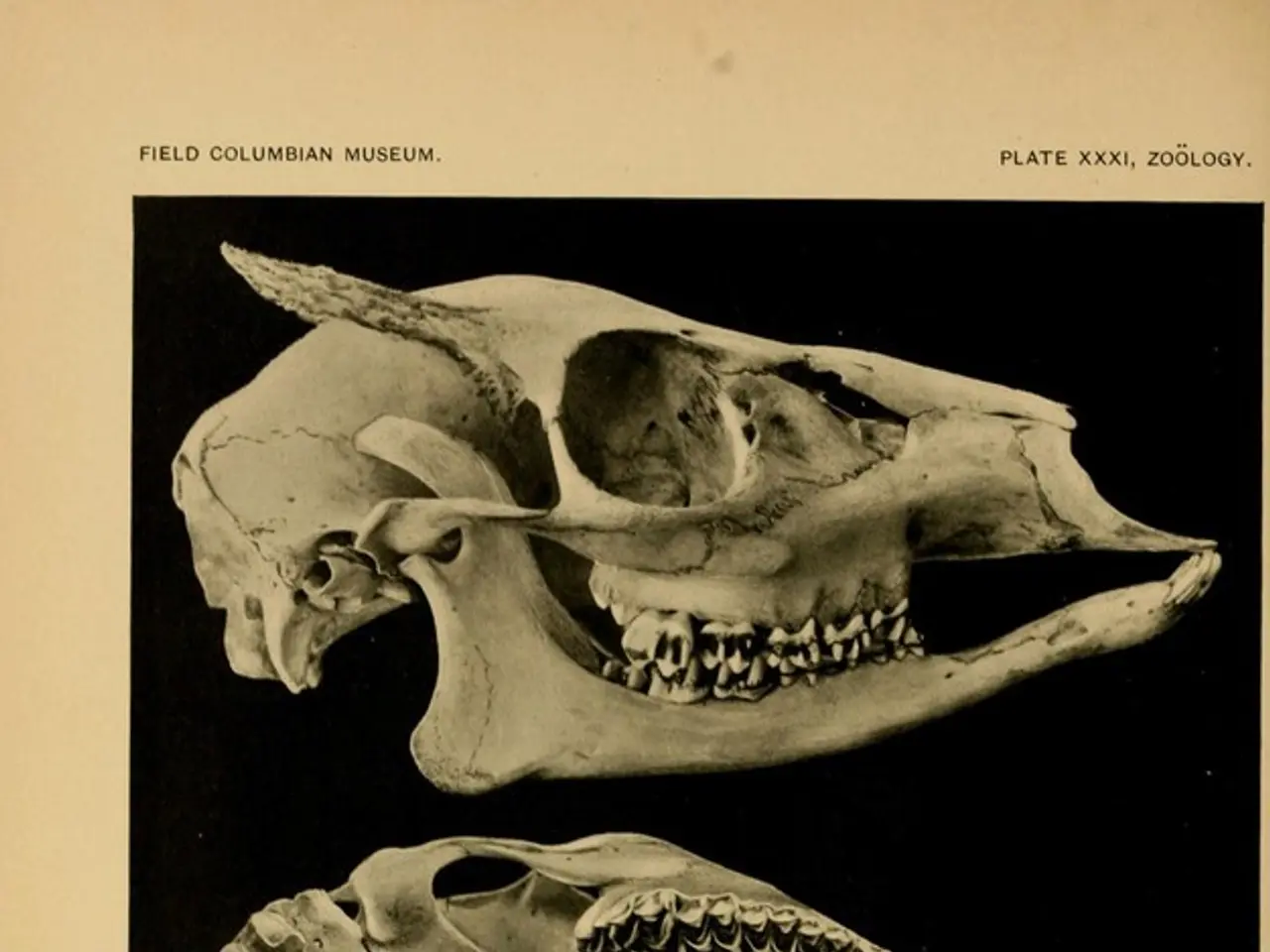Enhanced Oxygen Stimulates Premature Brain Development
In a groundbreaking revelation, a new study challenges decades of conventional wisdom about the influence of oxygen on neural development. The research, which delves into the intricate workings of the brain, has profound implications for our understanding of brain development and its potential for therapeutic interventions.
At the heart of this discovery lies Neuroglobin, a protein that operates like a biological thermostat, regulating the cellular conditions necessary for optimal brain development. This protein plays a crucial role in maintaining the delicate balance of oxygen levels within the brain, ensuring that developing neurons receive the optimal amount of oxygen for growth and maturation.
The most crucial period for brain development, it turns out, occurs during an invisible window between weeks four and six of early neural formation. This critical window, previously unidentified, has now been found to be a time of intense activity, with a precisely timed surge of oxygen sculpting the architecture of the mind.
Single-cell RNA sequencing revealed that this surge of oxygen activates specific gene expression patterns associated with neuronal maturation and synaptic development. The result is an explosion of neurogenesis, the birth of new brain cells, which, under optimal oxygen conditions, show enhanced connectivity, improved stress resistance, and better long-term survival rates.
Understanding this process rewrites everything we thought we knew about brain development timing. The therapeutic potential extends beyond simple cell replacement. A carefully timed surge of oxygen might reactivate dormant stem cell populations, potentially offering new treatments for neurological disorders.
Moreover, the oxygen conditions present during early brain development continue influencing cognitive abilities, stress resilience, and neurological health decades later. This means that lifestyle factors influencing brain oxygen levels, from physical exercise to meditation practices, might tap into the same biological pathways that drive developmental neurogenesis.
The process is orchestrated by a protein called hypoxia-inducible factor (HIF), which shows its highest activity primarily during the early prenatal and perinatal periods. These neurogenic niches exist in specific brain regions and continue producing new cells well into old age.
The study also highlights the importance of timing. Too much oxygen for too long can be just as damaging as too little oxygen at the wrong time. Understanding optimal oxygen timing could improve outcomes for premature infants, whose brains are still developing outside the womb's carefully controlled environment.
The technology already exists to monitor brain oxygen levels in real time using advanced imaging techniques. Combining this monitoring capability with our growing understanding of neuroglobin function could enable targeted interventions during critical developmental windows, potentially revolutionising the treatment of neurological disorders.
In conclusion, this new research reveals that brain development requires carefully choreographed oxygen fluctuations, with specific peaks occurring at predetermined intervals. Enhanced neurogenesis could improve neural plasticity, helping brains adapt to damage and form new connections more effectively. This breakthrough offers a promising new avenue for research into brain development and its potential for therapeutic interventions.





